What is the function of the motherboard and the motherboard driver update solution
Apr. 26, 2024 / Updated by Seraphina to Windows Driver Solutions

Motherboard is one of the most crucial foundational hardware components in a computer. It serves as the primary platform for connecting and supporting various hardware components, akin to the central hub of a computer. The motherboard houses core components of the computer system such as the Central Processing Unit (CPU), memory, expansion slots, power connections, graphics card slots, etc. These components are interconnected through various interfaces and slots on the motherboard, working together to accomplish various tasks of the computer.
Contents:
1. What are the functions of the motherboard
2. Best choices for gaming motherboards
3. How to find out which motherboard you have
4. Steps for updating motherboard drivers
2). Update by downloading from the official website
1. What are the functions of the motherboard:
Power Supply and Connectivity: The motherboard provides power to various components through power sockets and connects other hardware components like the processor, memory, graphics card, storage devices, expansion cards, etc., through slots, interfaces, and connectors.
Support and Management of Processor: The CPU socket on the motherboard is used to install the processor (CPU) and provides interfaces and buses for communication with the processor. The motherboard may also include features for managing processor power and temperature.
Memory Management: Memory slots on the motherboard are used to install system memory (RAM) and provide memory controllers to manage access and usage of memory modules.
Graphics Processing Unit (GPU) Connection: For integrated graphics cards, the motherboard provides PCIe slots for installing discrete graphics cards or connects integrated graphics cards through integrated interfaces.
Storage Interface: SATA interfaces on the motherboard are used to connect hard disk drives (HDDs), solid-state drives (SSDs), optical drives, and other storage devices. Additionally, modern motherboards may support faster storage standards like M.2 interfaces.
Network Connectivity: The motherboard typically provides Ethernet interfaces for wired network connection. Some motherboards may also include integrated wireless network cards or provide PCIe slots for installing wireless network cards.
Expansion Slots: PCIe slots on the motherboard are used to install expansion cards such as graphics cards, sound cards, network cards, USB expansion cards, etc., to enhance the computer's functionality.
External Interfaces: The motherboard also includes interfaces for connecting external devices such as USB ports, audio interfaces, video interfaces (like HDMI, DisplayPort), etc.
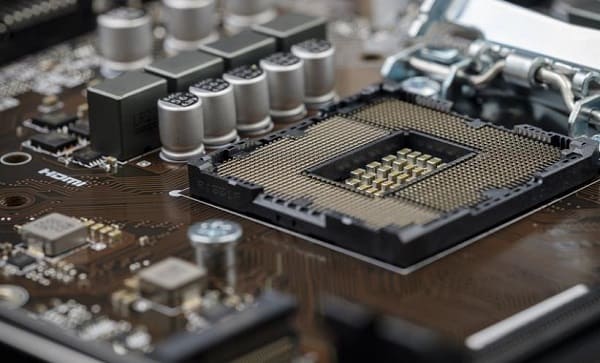
2. Best choices for gaming motherboards:
ASUS ROG Strix Z590-E Gaming: This motherboard offers outstanding performance and features for gaming enthusiasts. It supports the latest Intel processors, PCIe 4.0, fast memory speeds, robust power delivery solutions, comprehensive cooling solutions, RGB lighting, and rich connectivity options.
GIGABYTE Z590 AORUS MASTER: Another high-end choice, this motherboard features impressive VRM design, PCIe 4.0 support, advanced cooling solutions, excellent overclocking capabilities, stylish design, customizable RGB lighting, and rich connectivity options.
MSI MPG B550 GAMING EDGE WIFI: For those seeking a price-friendly option without sacrificing performance, this motherboard provides a good balance between features and price. It supports the latest AMD Ryzen processors, PCIe 4.0, WiFi connectivity, and comes with MSI's renowned gaming features and software utilities.
ASRock B550M Steel Legend: Another budget-friendly option, this micro-ATX motherboard offers reliable performance, stable power delivery, PCIe 4.0 support, and a range of gaming-oriented features. It's a great choice for gamers looking to build compact gaming rigs without compromising on performance.
ASUS ROG Crosshair VIII Dark Hero: For serious gamers and overclocking enthusiasts willing to invest in a high-end motherboard, the Crosshair VIII Dark Hero offers top-notch performance, extreme overclocking capabilities, robust power delivery, PCIe 4.0 support, and rich gaming features. It's designed for gamers and overclockers seeking the best performance.
3. How to find out which motherboard you have:
1). Check the computer manual or purchase invoice:
If you have a receipt or manual from when you bought the computer, the motherboard model is often listed there.
2). Check the label on the motherboard:
Open the computer case and check if there is a label or printed model information on the motherboard. This is usually located on the front or back of the motherboard and may require removing the graphics card or other components to view.
3). Use system information tools:
In Windows, you can use system information tools to view motherboard information. Press Win + R to open the "Run" dialog, type "msinfo32", and press Enter to open the System Information window. In the left navigation pane, select "System Summary", and then find "Manufacturer" and "Model" of the baseboard on the right.
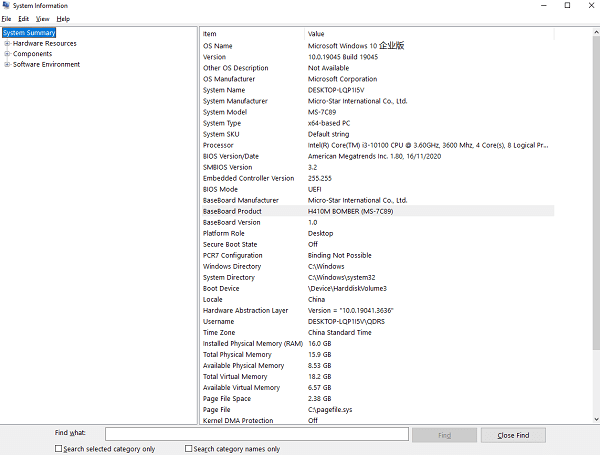
4). Use the command line:
You can also view motherboard information through the command line. Press Win + R to open the "Run" dialog, type "cmd", and press Enter to open the command prompt window. In the command prompt, type "wmic baseboard get product, manufacturer" and press Enter, and the system will display the motherboard manufacturer and model information.
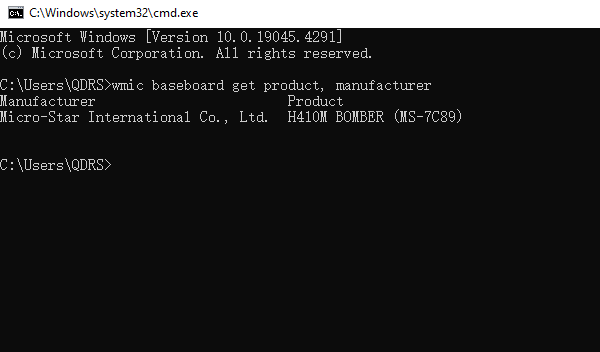
4. Steps for updating motherboard drivers:
Before updating any drivers, it's advisable to back up important data and files to prevent data loss in case of unexpected issues during the update process.
1). Update via Driver Talent:
Driver Talent is a professional driver management software that intelligently detects computer hardware and automatically finds and installs corresponding drivers, including graphics card drivers, network card drivers, motherboard drivers, etc.
Open Driver Talent and click "Scan".
After the scan is complete, it will display which drivers are not installed or need updating. Click the "Download" button.
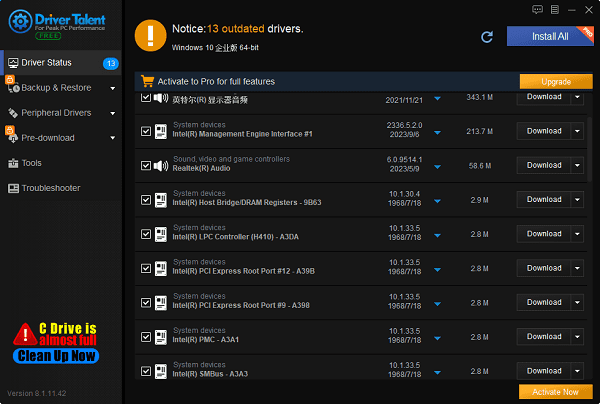
After the update is complete, restart the computer, and the new chipset driver will take effect, improving system performance.
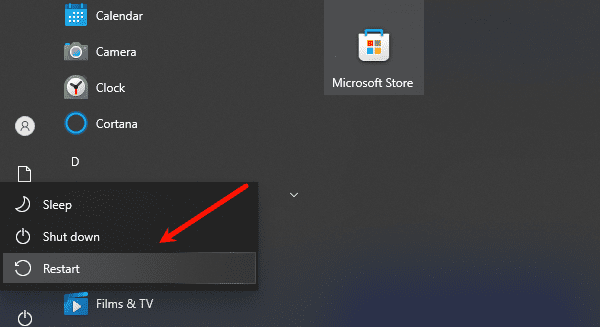
2). Update by downloading from the official website:
(1). Determine the current driver version:
In Windows, press Win + R to open the "Run" dialog, type "devmgmt.msc", and press Enter to open Device Manager.
In Device Manager, expand the "Motherboard" or "System Devices" category and find your motherboard.
Right-click on the motherboard and select "Properties".
In the Properties window, switch to the "Driver" tab to view the currently installed driver version and date.
(2). Visit the motherboard manufacturer's website:
Go to the official website of your motherboard manufacturer in a browser.
Look for a "Support", "Driver Downloads", or similar page.
(3). Locate the appropriate driver:
On the driver download page, find the latest drivers for your motherboard model and operating system.
Usually, the motherboard manufacturer will provide the latest drivers for motherboard chipsets, sound cards, network cards, etc.
(4). Download and install the driver:
Click on the appropriate link to download the driver file. Make sure to select the version (32-bit or 64-bit) that matches your operating system.
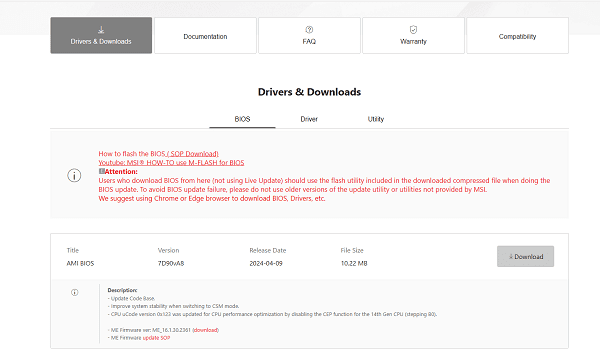
After the download is complete, double-click the driver file and follow the instructions in the installation wizard. Usually, just click "Next" until the installation is complete.
(5). Restart the computer:
After the installation is complete, you may need to restart the computer for the driver to take effect. The system will either restart automatically, or you may need to manually restart the computer.
(6). Verify the update:
Reopen Device Manager, locate your motherboard, and confirm that the driver version has been updated.
After using the computer for a period of time, ensure whether the system stability and performance have improved.
These are the functions of the motherboard and the motherboard driver update solution. If you encounter issues with drivers such as network cards, graphics cards, Bluetooth, sound cards, etc., you can use "Driver Talent" to detect and repair them. Additionally, Driver Talent supports driver downloads, installations, and backups, providing flexible driver management.
See also:
Is it essential to update computer drivers
Steps to clean up a full C drive on the computer
How to Solve the Issue of Keyboard Lights Not Turning On
No Internet Connection-5 Common Solutions
How to Solve Slow Speed and High Latency on Win11 Computers

|
ExplorerMax |

|
Driver Talent for Network Card | |
| Smart and advanced file explorer tool for Windows platforms | Download & Install Network Drivers without Internet Connection | |||
| 30-day Free Trial | Free Download |








